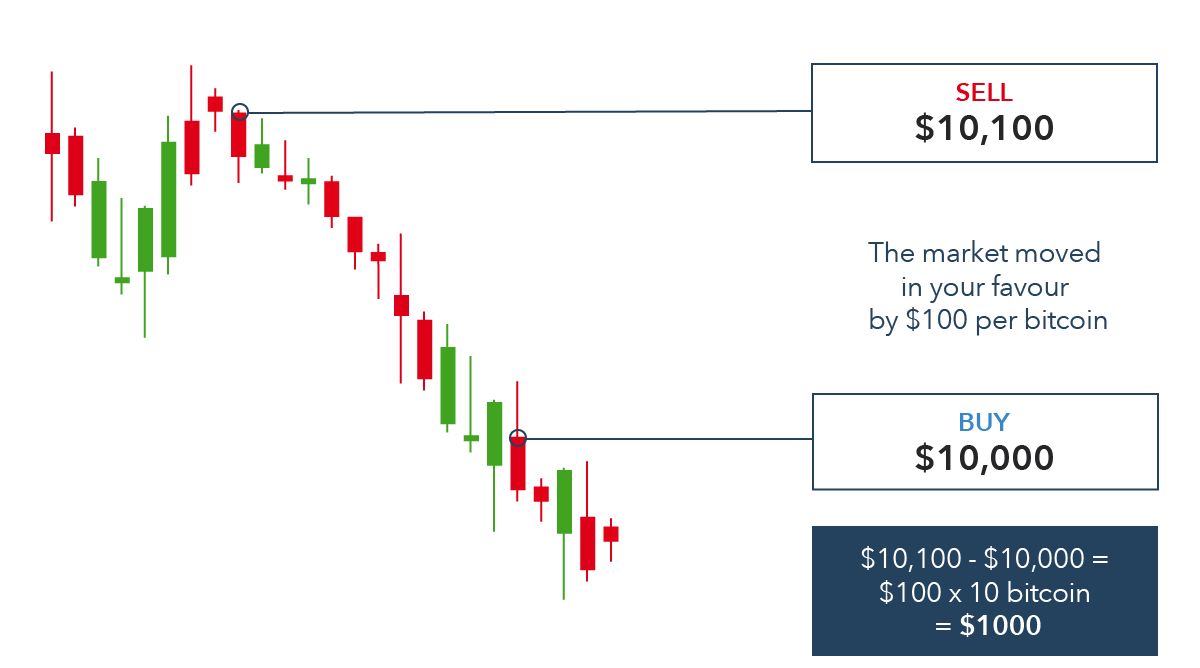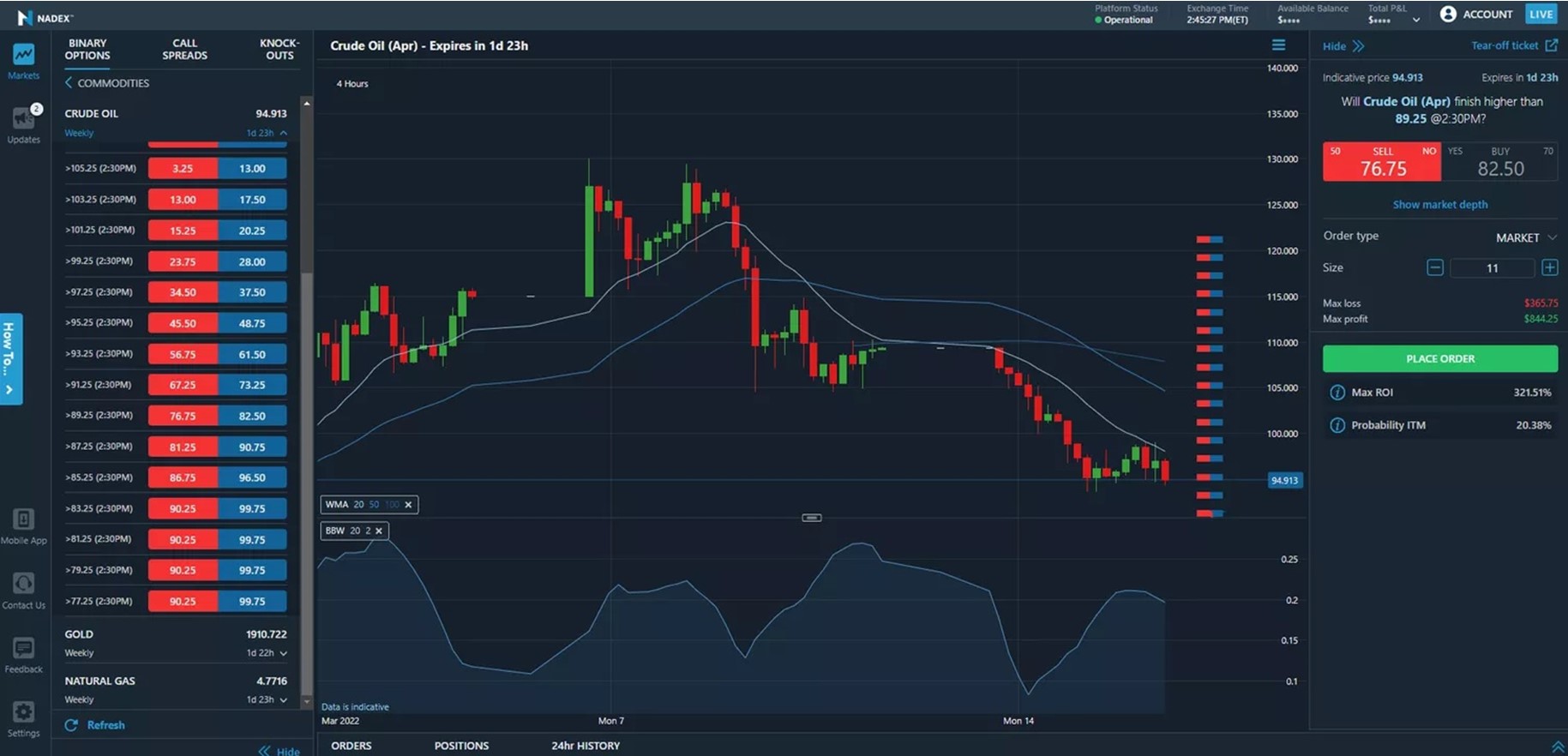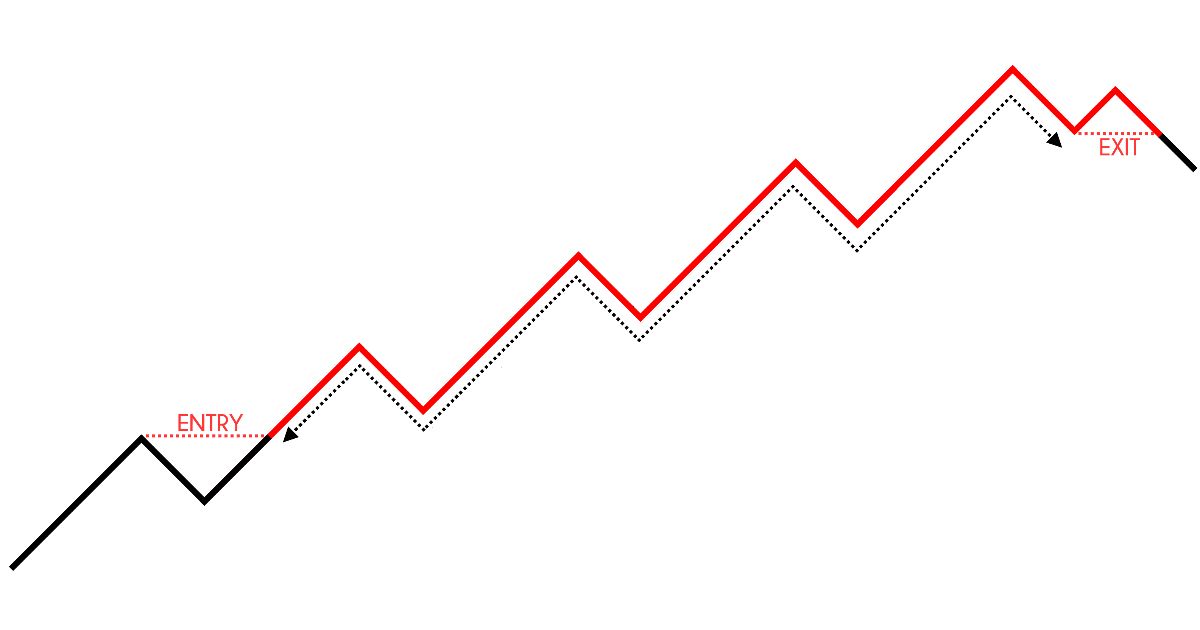Short Selling Overview
Short selling is a trading strategy that allows investors to profit from the decline in the price of a stock. It involves selling borrowed shares with the expectation that their price will decrease, allowing the investor to repurchase them at a lower price and profit from the difference. This practice is commonly used by experienced investors and hedge funds to capitalize on market downturns or overvalued stocks.
Unlike traditional investing, where one buys a stock and hopes for its value to increase, short selling flips the concept by betting that a stock’s value will drop. This strategy provides an opportunity to make money in a bearish market or when specific stocks are deemed overpriced or likely to decline in value.
Short selling plays a vital role in the stock market ecosystem. It helps ensure efficient price discovery and provides liquidity to the market. By allowing investors to profit from both upward and downward movements in stock prices, short selling promotes a more balanced and comprehensive approach to trading.
Short selling can be a useful tool for risk management and portfolio diversification. It enables investors to hedge against potential losses by generating profits even when the overall market is experiencing a downturn. Additionally, short selling provides an alternative source of income for speculators who anticipate bearish trends.
However, short selling carries significant risks. If the stock price rises instead of falling, the investor faces potential losses. In a worst-case scenario, losses can be unlimited, as there is no limit to how much a stock price can rise. Moreover, short selling requires borrowing shares, which incurs interest costs and may result in margin calls if the borrowed shares need to be returned.
It is essential to note that short selling is subject to regulatory restrictions and is not suitable for all investors. Before engaging in short selling, one should thoroughly research and understand the market dynamics, consult with a financial advisor, and consider their risk tolerance and investment goals.
What Does it Mean to “Short” a Stock?
When someone mentions “shorting” a stock, they are referring to the practice of selling borrowed shares with the intention of buying them back at a later time, ideally at a lower price. Essentially, short selling allows investors to profit from a decline in the value of a stock.
Shorting a stock involves several steps. First, the investor borrows shares from a broker, typically in exchange for collateral or a fee. These borrowed shares are then sold on the open market at the current market price. The investor now holds a “short” position, meaning that they have sold shares that they do not actually own.
The goal of short selling is to buy back the borrowed shares at a lower price and return them to the lender. If the stock price falls as expected, the investor can repurchase the shares at a reduced cost, pocketing the difference as profit. However, if the stock price increases, the investor may face losses as they will need to buy back the shares at a higher price than what they sold them for.
Short selling can be a complex and high-risk strategy, as it involves speculating on the future price movements of a stock. It requires careful analysis and a deep understanding of market trends and company fundamentals. Traders engaging in short selling often conduct thorough research and analysis to identify overpriced stocks, potential market downturns, or other catalysts that may cause a decline in a stock’s value.
It is important to note that short selling is not inherently illegal or unethical. It plays a crucial role in the market by providing liquidity and contributing to price discovery. However, it is subject to regulations and restrictions to prevent market manipulation or excessive speculation.
Short selling is not without controversy and criticism. Detractors argue that it can exacerbate market downturns by creating a downward spiral effect as more investors attempt to profit from falling stock prices. Critics also claim that short sellers may spread negative rumors or engage in other manipulative practices to drive down stock prices.
Overall, short selling is a valuable tool in the trading world, allowing investors to capitalize on market declines and potentially mitigate risk. However, it is an advanced strategy that should be approached with caution and only by knowledgeable and experienced traders.
How Does Short Selling Work?
Short selling is a trading strategy that involves selling borrowed shares in the hopes of profiting from a decline in their price. To understand how short selling works, let’s break down the process step by step.
1. Borrowing Shares: Short selling begins with the investor borrowing shares from a broker or a lending institution. The borrower typically puts up collateral or pays a fee to secure the loan of shares.
2. Selling the Stock: Once the shares are borrowed, the investor sells them on the open market at the prevailing market price. This generates cash in the investor’s account.
3. Holding the Short Position: The investor now has a “short” position, as they have sold shares that they do not actually own. They must eventually buy back and return these shares.
4. Monitoring the Stock Price: The investor closely monitors the price movement of the stock. If the stock price drops as anticipated, the investor can buy back the shares at a lower price.
5. Closing the Short Position: To close the short position, the investor repurchases the shares in the market. This is known as “covering” the short position.
6. Return the Borrowed Shares: Once the shares are bought back, the investor returns them to the lender, usually their broker or lending institution.
7. Calculating Profits or Losses: The investor’s profit or loss is determined by the difference between the price at which they sold the borrowed shares and the price at which they repurchased and returned them, after accounting for any interest or fees incurred during the borrowing period.
8. Risks and Considerations: It is crucial to note that short selling carries significant risks. If the stock price rises instead of falling, the investor faces potential losses. Additionally, there may be borrowing costs and margin requirements to consider.
Short selling can be a complex and sophisticated trading strategy that requires careful analysis, risk management, and market expertise. It is typically utilized by experienced traders and institutional investors who have a deep understanding of the market and access to advanced trading platforms.
Regulatory bodies closely monitor short selling to ensure fair and orderly markets. These regulations aim to prevent market manipulation and protect investors from potential abuses that could harm the integrity of the market.
Overall, short selling provides opportunities for traders to profit from declining stock prices, but it should be approached with caution and only undertaken by investors who are well-informed and understand the associated risks.
The Mechanics of Short Selling
Short selling involves a series of steps and processes that must be followed for the strategy to work effectively. Understanding the mechanics of short selling is crucial for investors looking to engage in this trading practice.
1. Borrowing Shares: To initiate a short sale, an investor must first borrow shares from a broker or a lending institution. This usually involves providing collateral or paying a fee to secure the shares for a specified period.
2. Selling the Borrowed Shares: Once the shares are borrowed, the investor sells them on the open market at the prevailing market price. These sold shares create a short position.
3. Creating an Obligation to Return: By borrowing and selling the shares, the investor creates an obligation to eventually return them to the lender. The shares borrowed are typically marked as “short” in the investor’s account to indicate this obligation.
4. Monitoring the Stock Price: The investor closely tracks the movement of the stock. The goal is to buy back the shares at a lower price, allowing the investor to profit from the price difference.
5. Closing the Short Position: To close the short position, the investor repurchases the shares in the market. This process is known as “covering” the short position.
6. Return the Borrowed Shares: After repurchasing the shares, the investor returns them to the lender, satisfying their obligation and completing the short selling transaction.
7. Calculating Profits or Losses: The investor’s profit or loss is determined by the difference between the price at which they sold the borrowed shares and the price at which they repurchased and returned them, after accounting for any costs such as borrowing fees.
It is important to note that short selling involves certain risks and considerations. If the stock price rises instead of falling, the investor faces potential losses. In such cases, the investor would need to buy back the shares at a higher price than what they sold them for, resulting in a loss.
Short selling also carries some additional costs. The investor may incur borrowing fees, which are charges for borrowing the shares and holding a short position. These fees can vary based on factors such as market demand for the shares and the lending institution’s terms.
Furthermore, short selling is subject to regulatory rules and restrictions to prevent market manipulation and maintain fair trading practices. These regulations are designed to ensure the integrity and stability of the financial markets.
Overall, understanding the mechanics of short selling is essential for investors looking to engage in this strategy. By comprehending the process, associated risks, and costs involved, investors can make informed decisions and effectively navigate the complexities of short selling.
Risks and Rewards of Short Selling
Short selling, like any investment strategy, comes with both risks and potential rewards. It is crucial for investors to understand these factors before engaging in short selling to make informed decisions.
1. Risks:
- Potential Losses: The primary risk of short selling is the potential for unlimited losses. Unlike buying stocks, where the maximum loss is limited to the purchase price, short selling exposes investors to the risk of the stock price rising indefinitely. This means that losses can exceed the initial investment.
- Margin Calls: Short selling involves borrowing shares, and lenders may require investors to maintain a certain level of collateral or margin. If the stock price rises significantly, the investor may receive a margin call, requiring them to deposit additional funds or close the position to cover the increased collateral requirement.
- Market Volatility: Markets can experience sudden and significant price fluctuations, making it difficult to predict stock movements accurately. Unexpected events or news can cause sharp price reversals, potentially leading to losses for short sellers.
- Regulatory Restrictions: Short selling is subject to regulatory rules and restrictions, which may change over time. Governments and authorities implement regulations to maintain market stability and address potential abuses or manipulations.
2. Rewards:
- Profiting from Declining Markets: Short selling provides an opportunity to profit from declining stock prices. By correctly identifying overvalued or underperforming stocks, investors can potentially generate profits as the stock prices decrease.
- Portfolio Diversification: Short selling can be used as a risk management tool to diversify investment portfolios. It allows investors to hedge against potential losses in their long positions by generating profits from short positions in declining markets.
- Expanding Trading Opportunities: Short selling provides additional trading opportunities beyond traditional buying and holding strategies. It allows investors to capitalize on both bullish and bearish market conditions.
It is important to note that short selling requires careful research, analysis, and risk management. Successful short selling often involves identifying fundamentally weak companies, tracking market trends, and staying updated on relevant news and events.
While short selling can offer significant rewards, it is not suitable for all investors. It requires a high level of experience, knowledge, and discipline. Novice investors should consult with a financial advisor and thoroughly understand the risks before engaging in short selling.
Ultimately, investors must assess their risk tolerance, investment objectives, and market conditions before deciding whether short selling aligns with their investment strategy.
Short Selling Strategies
Short selling strategies involve various approaches and techniques employed by investors to profit from declining stock prices. These strategies require careful analysis and a deep understanding of market dynamics. Let’s explore some common short selling strategies:
1. Fundamental Analysis: This strategy involves evaluating a company’s financial health, industry trends, and competitive position. Investors look for fundamental weaknesses, such as deteriorating earnings, high debt levels, or a flawed business model, to identify stocks that are potentially overvalued and likely to decline.
2. Technical Analysis: In technical analysis, investors study past price movements, volume patterns, and chart patterns to make short selling decisions. They look for indicators like moving averages, support and resistance levels, and trend lines to identify potential entry and exit points for short positions.
3. Contrarian Approach: Contrarian investors believe that stocks tend to overreact to market trends, and they look for opportunities to profit from these overreactions. They identify stocks that are heavily favored by the market and take short positions, anticipating a correction or reversal in the stock price.
4. Event-Driven Strategy: Event-driven short selling focuses on specific events or catalysts that can significantly impact a company’s stock price. This could include earnings releases, corporate scandals, regulatory actions, or geopolitical events. Investors analyze these events and anticipate negative impacts on the stock, leading to potential short selling opportunities.
5. Pairs Trading: This strategy involves identifying two correlated stocks and taking long and short positions simultaneously. Investors choose pairs of stocks that historically move together but diverge temporarily. They take a short position on the stock expected to underperform and a long position on the stock expected to outperform, aiming to profit from the convergence of prices.
6. Short Squeeze Strategy: A short squeeze occurs when a heavily shorted stock experiences a significant price increase, forcing short sellers to cover their positions by buying back shares. Some investors actively search for stocks with a high short interest and potential catalysts to trigger a short squeeze, enabling them to profit from the surge in stock prices.
It is important to note that short selling strategies require extensive research, risk management, and market monitoring. Overleveraging or incorrect analysis can result in significant losses. It is advisable for investors to diversify their short selling strategies and set clear entry and exit rules to manage risk effectively.
Each strategy has its own unique considerations and suitability for different market conditions. Investors should carefully evaluate their risk tolerance, investment objectives, and expertise before implementing short selling strategies.
Psychological Factors to Consider when Short Selling
Short selling not only requires technical and analytical skills but also a sound understanding of the psychological factors that can influence trading decisions. Investors must consider the following psychological factors when engaging in short selling:
1. Emotional Control: Short selling can be emotionally challenging, as investors are betting against the success of a company and hoping for its decline. It is essential to maintain emotional control and avoid making impulsive decisions based on fear, greed, or panic. Rational decision-making based on thorough analysis is crucial.
2. Confirmation Bias: Confirmation bias is the tendency to seek out information that supports pre-existing beliefs or biases. When short selling, investors should be aware of this cognitive bias and actively seek contrary viewpoints or evidence that may challenge their assumptions. This helps in making more objective and well-informed trading decisions.
3. Overconfidence: Overconfidence can lead to excessive risk-taking and an underestimation of potential losses. Investors should remain humble and avoid being overconfident in their short selling abilities. Regular self-assessment, critical evaluation of trades, and learning from mistakes are essential to mitigate the risks of overconfidence bias.
4. Patience and Timing: Short selling often requires patience, as stocks may take time to decline in value. Investors must resist the urge to exit a position prematurely due to impatience or the fear of missing out. Timing is critical in short selling, and staying disciplined with the planned strategy is key.
5. Contrarian Thinking: Short selling goes against the mainstream belief that stocks will generally rise in value. Engaging in contrarian thinking can be psychologically challenging but is often rewarded in short selling. It requires the ability to resist herd mentality and be comfortable taking unpopular positions based on objective analysis.
6. Stress Management: Short selling can be a high-stress trading strategy, especially during volatile market conditions. Traders must develop effective stress management techniques to stay focused and make rational decisions. This can include practicing mindfulness, exercise, maintaining a balanced lifestyle, and seeking support from fellow investors or mentors.
7. Continuous Learning: Markets are dynamic, and new information can affect stock prices rapidly. Short sellers must continuously update their knowledge, stay informed about market developments, and adapt their strategies accordingly. Continuous learning helps to refine analysis, improve decision-making, and stay ahead of market trends.
Understanding and managing these psychological factors is essential for successful short selling. Investors should develop a robust trading plan, stick to their risk management strategies, and ensure they have the psychological resilience necessary to withstand the challenges and uncertainties of short selling.
Short Selling Examples in the Market
Short selling has been employed by investors in various market scenarios to profit from declining stock prices. Let’s explore some notable examples of short selling in the market:
1. The 2008 Financial Crisis: During the global financial crisis, many investors successfully utilized short selling strategies to profit from the collapse of financial institutions. Firms that had significant exposure to subprime mortgages and other risky assets became prime targets for short sellers. One prominent example was the collapse of Lehman Brothers, which saw significant short selling activity as investors anticipated its demise.
2. Tesla Short Squeeze: In recent years, Tesla has been a popular target for short sellers due to its lofty valuation and production challenges. However, in early 2020, Tesla experienced a massive short squeeze as its stock price surged. Short sellers had to rush to cover their positions by buying back shares, further boosting the stock price. This example highlights the risks and potential consequences faced by short sellers in volatile markets.
3. GameStop Short Squeeze: In early 2021, GameStop, a struggling video game retailer, became the center of attention and controversy in the financial markets. Individual investors on social media platforms drove a coordinated effort to buy and drive up the stock price, heavily squeezing short sellers who had bet against the company. The GameStop short squeeze exemplifies the power of retail investor communities and the potential impact on short sellers and market dynamics.
4. Enron Scandal: Short sellers played a significant role in uncovering the financial wrongdoing at Enron, an energy company that collapsed in 2001. Short sellers raised concerns about Enron’s accounting practices, leading to increased scrutiny and eventually the exposure of one of the largest corporate frauds in history. This case demonstrates how short selling can contribute to exposing corporate misconduct.
5. Brexit Referendum: The UK’s Brexit referendum in 2016 created significant uncertainty in the markets. Short sellers anticipated volatility and potential downside risks for the British pound and UK stocks. This led to increased short selling activity in currency markets and stocks exposed to the UK economy, as investors sought to profit from the expected declines.
These examples highlight the diverse range of market situations in which short selling plays a role. Short sellers can take advantage of market inefficiencies and overvaluation, expose fraudulent practices, and contribute to price discovery.
It is important to remember that short selling involves speculation, carries risks, and can sometimes face regulatory restrictions. These examples demonstrate the potential rewards and risks associated with short selling, emphasizing the importance of careful analysis, risk management, and staying updated on market developments.
Short Selling vs Long Buying
Short selling and long buying are two contrasting strategies in the world of investing. Let’s explore the key differences between these approaches:
Short Selling:
Short selling involves selling borrowed shares with the expectation that their price will decrease, allowing the investor to repurchase them at a lower price and profit from the difference. Here are some characteristics of short selling:
- Profit from Declining Prices: Short sellers aim to profit from a decline in the price of a stock or security.
- Betting Against the Stock: Short sellers take a pessimistic view of a stock’s performance and expect it to decline in value.
- Borrowing Shares: Short sellers borrow shares from a broker or a lending institution with the intent to sell them and buy them back at a later time to return to the lender.
- Higher Risk: Short selling carries higher risks as losses can be unlimited if the stock price rises significantly.
- Profit in Bearish Markets: Short selling provides an opportunity to profit during market downturns or when specific stocks are deemed overvalued.
Long Buying:
Long buying, also known as “going long,” is the traditional approach to investing, where investors buy stocks with the anticipation that their value will increase over time. Here are some characteristics of long buying:
- Profit from Rising Prices: Long buyers aim to profit from an increase in the price of a stock or security.
- Optimistic View: Long buyers have a positive outlook on a stock’s potential and believe it will increase in value.
- Investment Ownership: Long buyers purchase shares outright, becoming owners of the stock.
- Lower Risk: The risk in long buying is limited to the amount invested.
- Taking Advantage of Bullish Markets: Long buying allows investors to benefit from market upswings, economic growth, and improving company performance.
The decision to engage in short selling or long buying depends on an investor’s risk appetite, market outlook, and investment goals. While short selling can offer opportunities to profit from declining markets or overvalued stocks, it also carries higher risks. Long buying, on the other hand, offers the potential for long-term growth but may not provide opportunities to profit during market downturns.
Investors often use a combination of short selling and long buying strategies to diversify their portfolios, hedge risk, and capitalize on both bullish and bearish market conditions. It is important for investors to thoroughly research and understand these strategies, assess their risk tolerance, and develop a well-defined investment plan aligned with their financial goals.
Conclusion
Short selling is a trading strategy that allows investors to profit from declining stock prices. It involves selling borrowed shares with the expectation of buying them back at a lower price, thereby profiting from the price difference. Short selling plays a crucial role in the stock market, providing liquidity, promoting price discovery, and offering opportunities to hedge against market downturns.
However, short selling is not without risks. The potential for unlimited losses, margin calls, and the need for accurate timing and analysis make it a high-risk strategy. Investors should carefully consider their risk tolerance, conduct thorough research, and develop sound risk management strategies before engaging in short selling.
Long buying, on the other hand, involves purchasing stocks with the expectation that their price will increase over time. It is a more traditional approach to investing and allows investors to benefit from upward market movements and company growth. Long buying carries lower risk compared to short selling, as losses are limited to the initial investment.
It is important for investors to understand the differences between short selling and long buying and consider their investment goals, risk appetite, and market conditions when deciding which strategy to employ. Many investors incorporate a combination of both strategies to diversify their portfolios and take advantage of various market scenarios.
Whether engaging in short selling or long buying, investors should stay informed, conduct thorough analysis, and continuously evaluate and adjust their strategies as market conditions evolve. Maintaining emotional control, managing risks, and continuously learning are crucial elements for successful trading and investing.

























